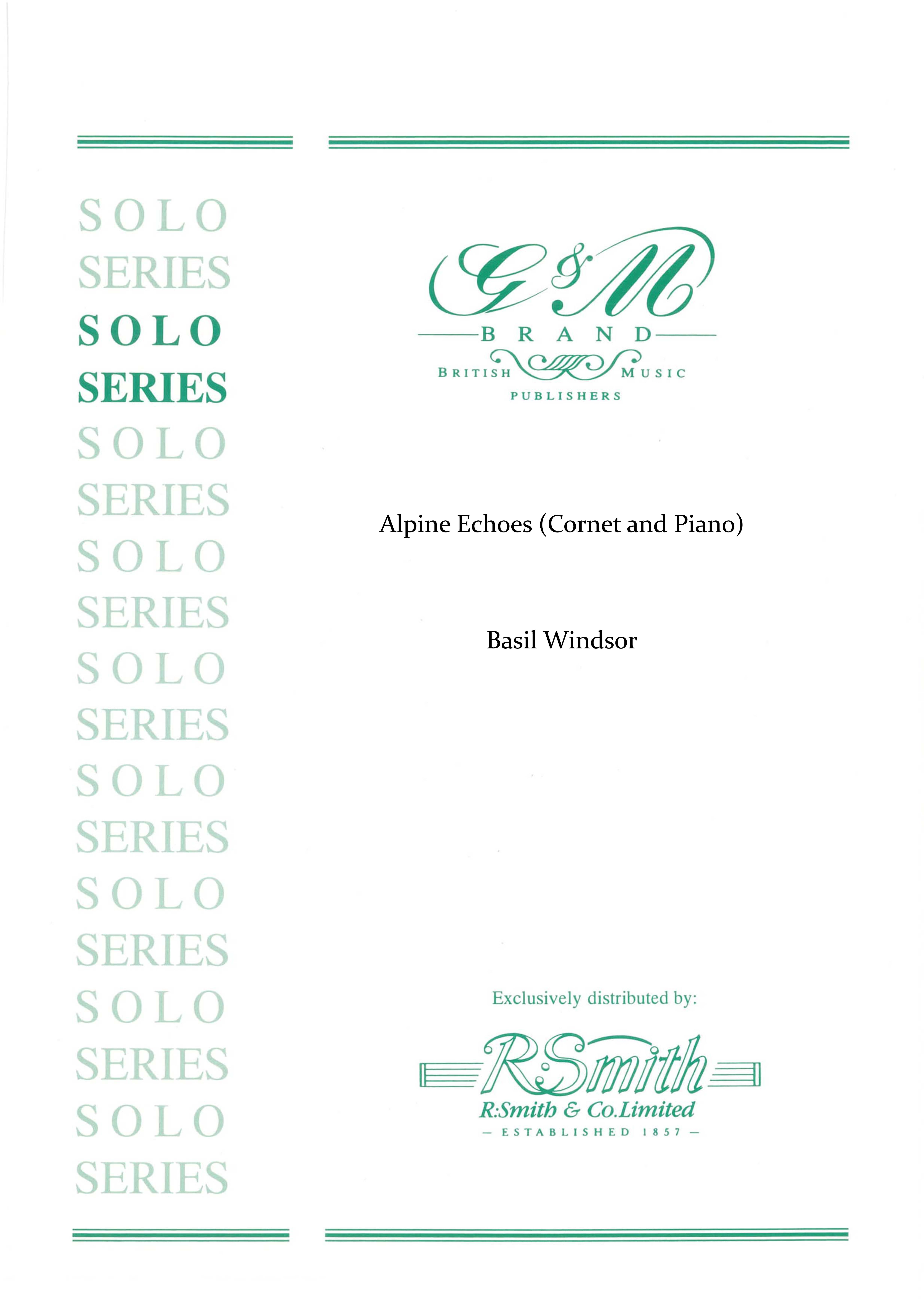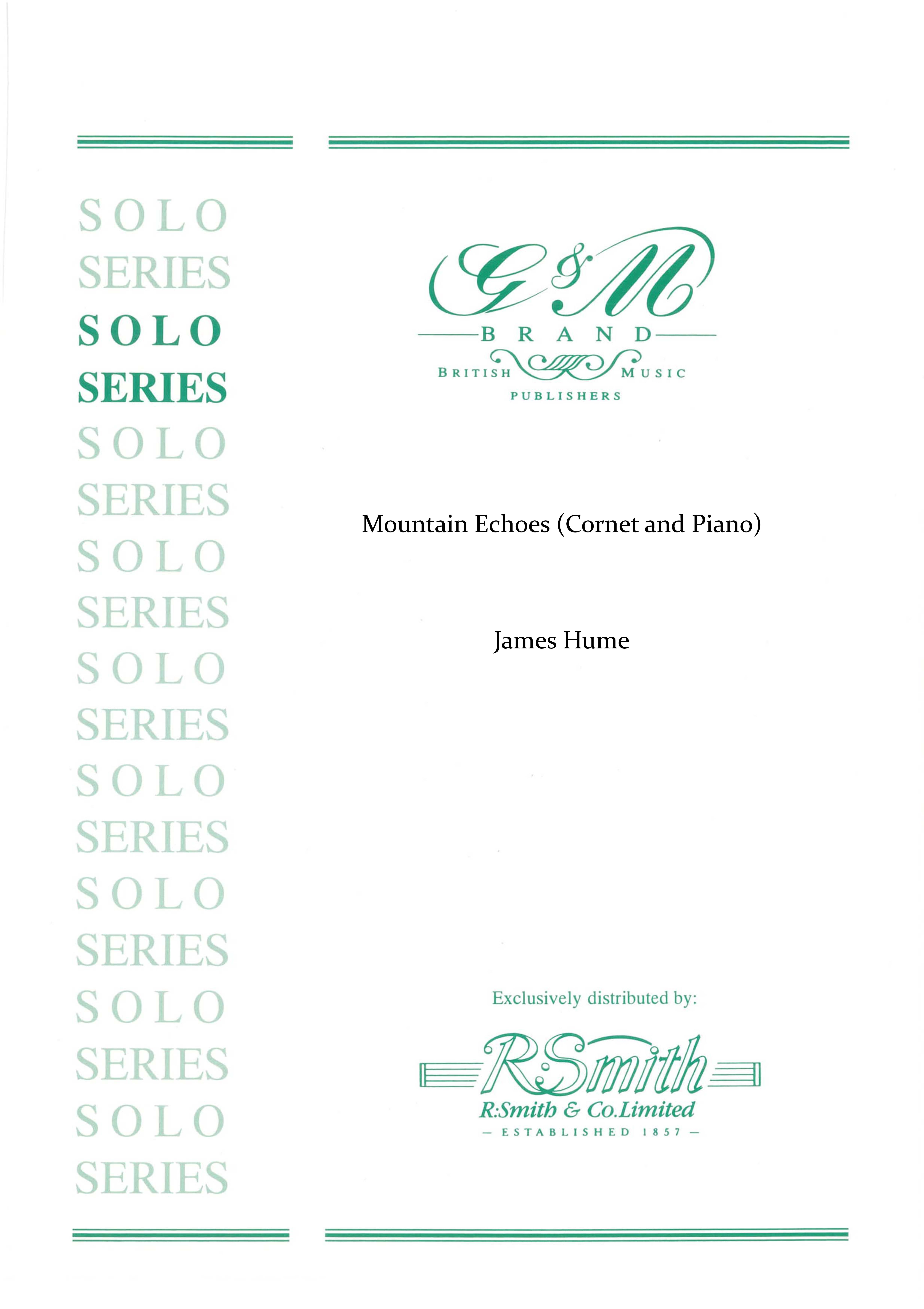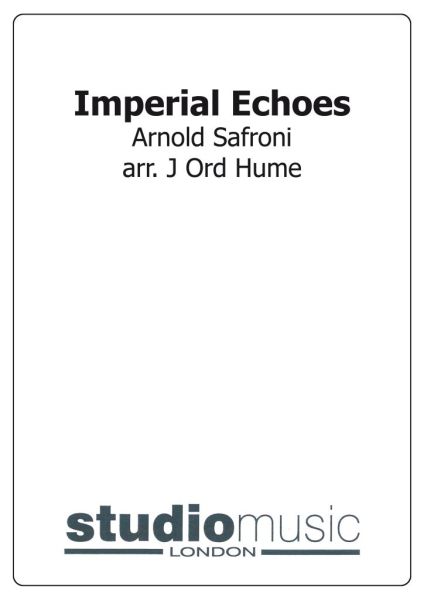We've found 86 matches for your search. Order by
Results
-
£33.00
Echoes of Spring - Greenwood, JA
Includes a full band set (no score)
In Stock: Estimated dispatch 1-3 working days
-
£40.00
Echoes of the Empire - Greenwood, JA
Includes a full band set (no score)
In Stock: Estimated dispatch 1-3 working days
-
£33.00
Echoes of the Ocean - Greenwood, JA
Includes a full band set (no score)
In Stock: Estimated dispatch 1-3 working days
-
£40.00
Echoes of the Opera - Greenwood, JA
Includes a full band set (no score)
In Stock: Estimated dispatch 1-3 working days
-
£26.50
Sabbath Echoes - Frost, J
Includes a full band set (no score)
In Stock: Estimated dispatch 1-3 working days
-
 £4.95
£4.95 -
 £4.95
£4.95 -
 £24.95
£24.95Alpine Echoes (Cornet Solo with Brass Band - Score and Parts)
Estimated dispatch 7-14 working days
-
 £24.95
£24.95Mountain Echoes (Cornet Solo with Brass Band - Score and Parts)
Estimated dispatch 7-14 working days
-
 £24.95
£24.95
